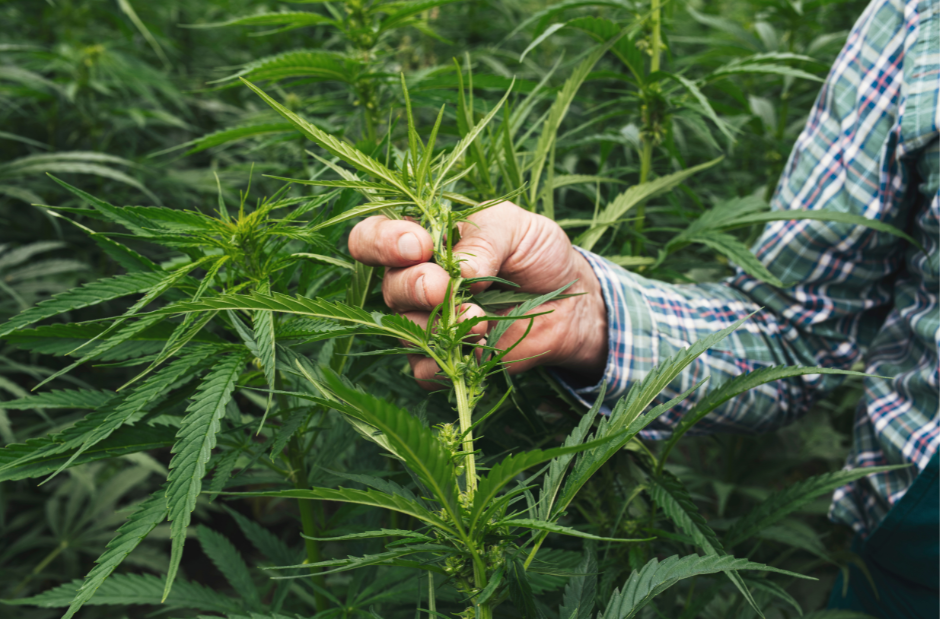For over a decade, discussions around climate change and sustainable farming practices have sparked widespread interest. While some people focus on advancing renewable energy sources, others prioritize water conservation. In reality, there are countless ways to contribute to a healthier planet for future generations, and hemp is a powerful example.
Hemp is an exceptionally versatile plant with a wide range of applications. The surge of biomass availability has fueled cannabinoid research in medicine. Hemp seeds serve as a nutritious source of protein and fiber for both people and certain animals. Paper products can now be crafted from hemp fiber, which is even strong enough to build homes.
But with all that hemp can offer, how exactly does it support sustainable farming practices and help restore soil quality?
It All Starts at the Roots
In the 1930s, the United States faced an environmental crisis now known as the Dust Bowl. A combination of drought and unsustainable farming practices led to severe soil erosion across the country’s farmland. The Library of Congress describes how “farmers plowed the prairie grasses and planted dryland wheat. As demand for wheat increased, cattle grazing declined, leading to even more acres of prairie being plowed and cultivated.”
Removing these natural grasses left the soil exposed to harsh elements, especially the high winds typical in states like Kansas and Oklahoma. The result was a devastating series of events, immortalized in American art and literature.
When native plants are removed, the soil becomes vulnerable. However, good agricultural practices and replanting with native or deep-rooted plants, like hemp, can help stabilize the soil and guard against erosion.

How Hemp Can Restore Damaged Soil
In addition to stabilizing soil, hemp has remarkable potential for restoring damaged soil. This is achieved through a process where hemp absorbs contaminants like heavy metals, pesticides, and other pollutants from the soil, which are then stored in the plant until it is harvested.
A 2020 study published by GCB Bioenergy highlights this capability: “A multitude of research has shown that hemp is capable of phytoextraction of heavy metals and radionuclides, with the contaminants being distributed throughout the entire hemp plant in different concentrations.”
Recent Studies on Hemp and Soil Remediation
Modern studies continue to investigate hemp’s potential in soil restoration. For instance, a 2022 study by researchers at the USDA-ARS Western Regional Research Center in California demonstrated that industrial hemp could extract heavy metals from soil. The findings emphasized, “Hemp has deep roots and is tolerant to the accumulation of different metals. In addition, the crop biomass has many potential commercial uses after harvesting is completed.”
Over the past decade, legalization and the resulting biomass influx have accelerated research on hemp for soil remediation, with increased availability of seeds and young plants providing further research opportunities.
The Takeaway
Hemp is proving to be an incredibly versatile plant with benefits for soil repair and preservation. As research progresses, hemp’s role in pulling harmful chemicals from soil and reducing soil erosion becomes clearer. However, questions remain about what to do with the hemp after it’s harvested. With multiple pathways to consider, the journey of hemp as a tool for soil restoration is just beginning.
